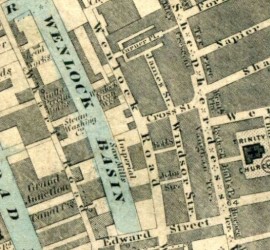I was reminded a few weeks ago that it has been 136 years since the sinking of the Princess Alice at Gallions Reach, a stretch of the Thames between Woolwich and Barking Creek, on 03 September 1878 http://en.wikipedia.org/wiki/SS_Princess_Alice_(1865) The SS Princess Alice was a passenger paddle steamer. She was sunk in a collision on the River Thames with the collier Bywell Castle off Tripcock Point in […]
Princess Alice
1 post
